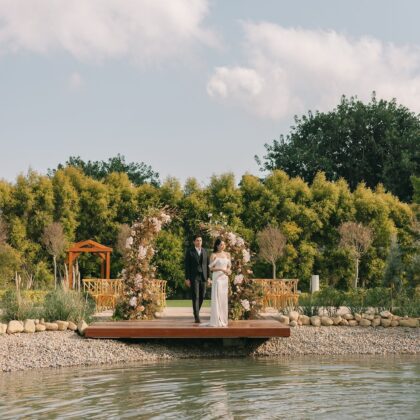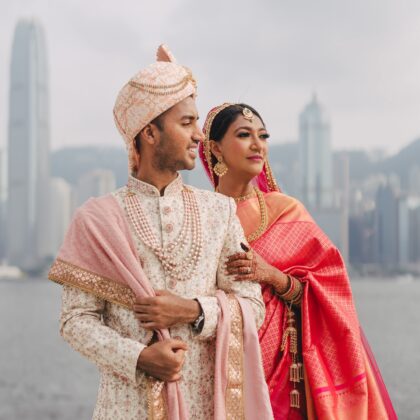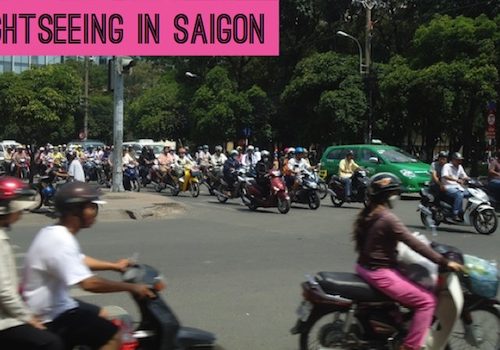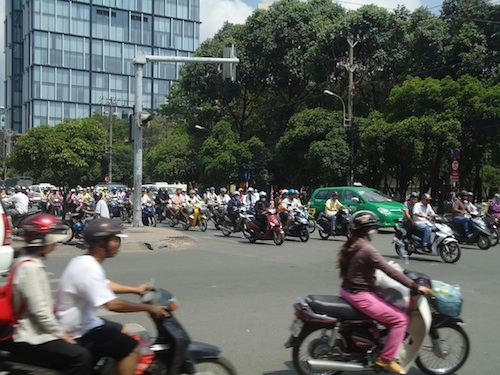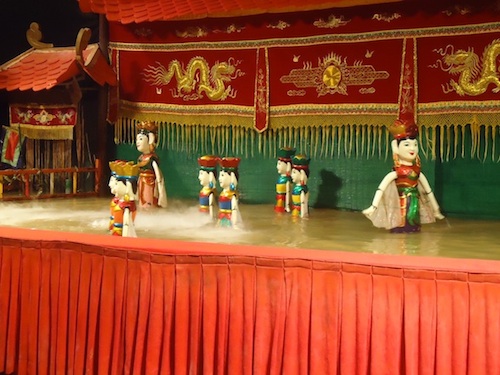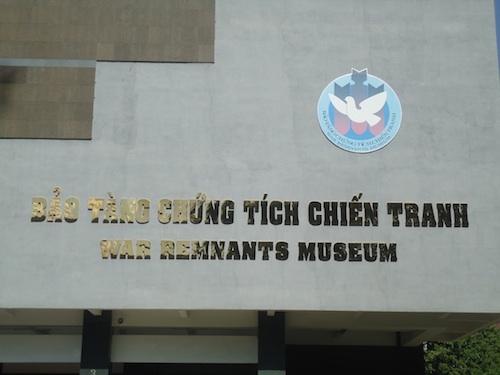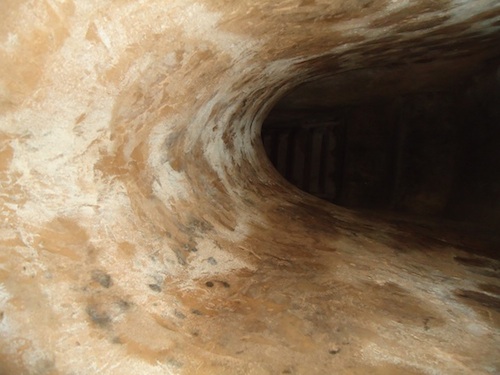I’ve just returned from a 6 day/5 night trip to Ho Chi Minh City/Saigon in Vietnam. What you call this city depends on where you’re from: Saigon if you’re from the south of Vietnam or Ho Chi Minh City if you’re basically from anywhere else. Saigon was the official name until 1975 when the north and the south merged together, renaming this city Ho Chi Minh City after the famous leader from the north.
Scooters
Upon arrival to Vietnam, my travel partner and I were bombarded by the torrent of scooters flanking all parts of the city. While there may be rules of the road here, they typically aren’t followed, with motorbikes going both directions on one side of the street, families of four people riding on a single scooter, people texting and talking on their phones, and having conversations with other motorists. There are five million motorbikes in HCM — with a population of about 10,000,000, that’s one scooter for every two people! The population of motorists isn’t linked to one type of person either: from grandmas, to 12 year olds, to sleeping babies, to business men in suits, and women in high heels and socks.
Try crossing the street on foot and you’re in for a “Frogger” experience. I was told before arriving to stare the drivers down, look in the direction of traffic, and walk slowly. These tricks worked and with some careful practice, walking across the road was simple…most of the time. Men line the streets asking tourists if they want a ride (aka scooter taxis). And while we didn’t take them up on their offers, my mate and I did take a bike taxi where two men on bikes wheeled us to the zoo on our first day.
Despite the craziness of the roads, we decided to be brave and take a scooter tour of the city at night. An American-owned company was listed on Tripadvisor as one of the best things to do while in HCM, so I called them once we arrived and booked a “City by Night” tour. Two ladies dressed in traditional Vietnamese clothing picked us up on scooters on Tuesday night. For about 2.5 hours, we rode around the city on the back of a motorbike, dodging traffic, taking pictures and videos, chatting with the local guides, eating Vietnamese food and drinking sugar cane juice. As scary as it was at first and as nerve-wracking as it should have been, this part of our trip was probably one of my favorite things. It was awesome to see the different districts and to be in the thick of the real action of Saigon.
Culture
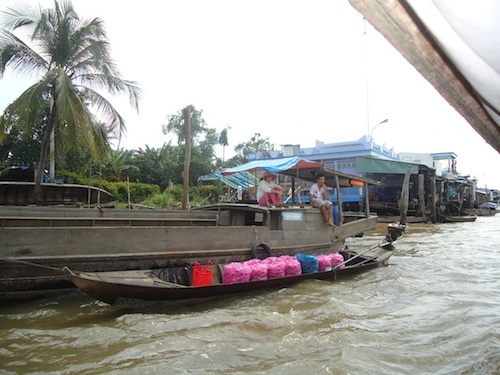 Vietnam is a country full of history and culture. On our last day here, we visited the Mekong Delta — a 2-hour drive from Saigon, this area flows along the Mekong River. With stilt-houses, floating markets, and villages lining the river, the Delta is a far cry from Saigon. The life is simpler here and more laid-back which was a great reprieve from the hectic city life. On our tour, we took a motorized boat through the floating markets and to a few villages. Along the way, we were able to try popped rice (instead of popcorn), coconut crisps, and coconut candies. We rode on a long wooden canoe with a local woman rowing us downstream and went to a family’s house for lunch. They entertained us with music and gave us bikes to ride along the path to other villages.
Vietnam is a country full of history and culture. On our last day here, we visited the Mekong Delta — a 2-hour drive from Saigon, this area flows along the Mekong River. With stilt-houses, floating markets, and villages lining the river, the Delta is a far cry from Saigon. The life is simpler here and more laid-back which was a great reprieve from the hectic city life. On our tour, we took a motorized boat through the floating markets and to a few villages. Along the way, we were able to try popped rice (instead of popcorn), coconut crisps, and coconut candies. We rode on a long wooden canoe with a local woman rowing us downstream and went to a family’s house for lunch. They entertained us with music and gave us bikes to ride along the path to other villages.
**I must make mention of the fact that I couldn’t make it to the next village because I’ve forgotten how to ride a bike. As the saying goes, “It’s like riding a bike, you never forget.” Well that saying is wrong for my uncoordinated self. I only went about 5 meters down a narrow pathway with mud and water on both sides… needless to say I gave up. Thankfully, though, after about 10 minutes it started pouring down rain and the bikers were soaked. Yes, I did thank my forgetfulness and my uncoordinated legs that day.
We also went to see a Water Puppet Show which depicted early life for the Vietnamese. With musicians on the sidelines and a curtain at the back, puppets danced and flowed through the water at the bottom of the stage, it seemed as if they were floating on their own, but there were actually handlers or puppet masters behind the curtain moving the puppets along rods attached to the puppets underneath the water. It was quite amazing how they made the puppets move from side-to-side, dance, jump, and twirl.
Another feature of Vietnam can also be found in many other Asian cities: bartering, bargaining, and negotiating. The moment we stepped out of the airport, taxi drivers asked us where we were going. Thankfully, I had called the hotel earlier that day to see the best way to arrive to the hotel. They informed me that taxi was easiest, but not to spend more than 150,000VND (Vietnamese Dong; 1 HKD = about 2,700VND, try doing that math in your head!!). This bit of information was crucial to our bargaining because the first taxi tried to say it would charge us 400,000 dong. “Ha!”, we scoffed. How about 150,000? No, so we walked away and tried another taxi. This guy told us 250,000 and when we told them that our hotel said not to pay more than 150, they said that it was last week’s price, but it’s gone up since then! As soon as we started talking to driver #2, #1 came back and said he’d take us for 150,000 (which is about 55HKD for a 20-minute taxi ride). The old bait and hook trick worked yet again!
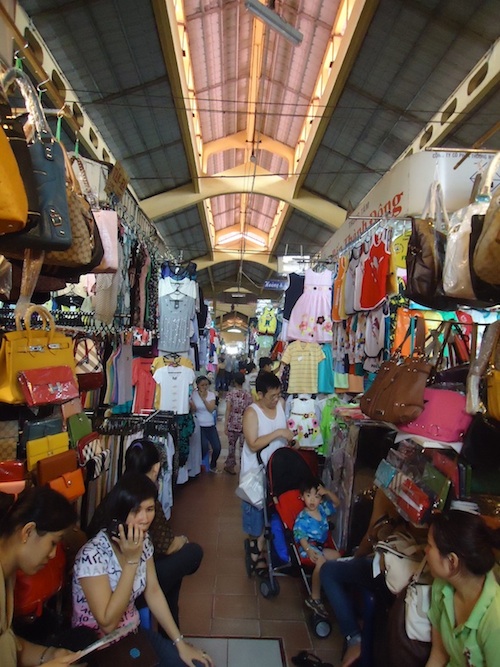 Bargaining also worked while in the markets. We went to Ben Thahn market on our first day in HCM and found many interesting cultural pieces including clothing, handicrafts, jewelry, and dishes. Some stall workers would start at 400,000 for something and as soon as you’d walk away, they’d yell 150,000 just to get you to come back, even if it was only worth 100,000.
Bargaining also worked while in the markets. We went to Ben Thahn market on our first day in HCM and found many interesting cultural pieces including clothing, handicrafts, jewelry, and dishes. Some stall workers would start at 400,000 for something and as soon as you’d walk away, they’d yell 150,000 just to get you to come back, even if it was only worth 100,000.
War
On Monday, we took a bus tour of the city, visiting Chinatown (which was nothing like China or any Chinatown I’ve ever visited, so we waited in a KFC which had a few fans), a couple of tourist traps trying to get you to buy their products, the Imperial Palace or the Reunification Palace which is where government leaders used to live, and to the War Remnants Museum. The latter was the most eye-opening and interesting.
Many Americans to this day have their reservations about Vietnam. ven my mom said she was a bit worried that I was visiting there and I would guess it’s from the news broadcast during the ‘60s and ‘70s about the Vietnam War. As you can probably imagine, in Vietnam they call it the “American War” and have a much different view of what happened during this time. The War Remnants Museum had a rather skewed version of the events and, while naturally partial to the Vietnamese side, showed many of the horrifying events that took place during the war. With pictures of deformed generations of people from Agent Orange and pictures of the tortures inflicted upon the South Vietnamese, the museum offered many insights us Americans are never privy to living in the U.S. I’d like to visit a Vietnam War Museum in America or in the north of Vietnam to see their point of view. Is there a museum out there without a biased viewpoint? Despite the scary truths and the awful pictures, the museum did explain many of the ramifications still felt even today from the war.
An even more insightful experience was the journey through the Cu Chi tunnels north of Saigon. These tunnels were secret underground passageways that the Vietcong (South Vietnamese army) used as traps, hiding places, and living arrangements throughout the Cu Chi region and “why South Vietnam won the war.” We were able to see how people at this time lived, where and how they hid secret traps, as well as tour through the tunnels. The passageways were approximately 1 meter high so we had to crawl, scoot, and shuffle through them. This area was opened to the public about 10 years ago when the tunnels were widened for us larger Westerners. We only “walked” through them for about 5 minutes, but if you are at all claustrophobic, this would not be the place for you! It was hot and cramped and after 20 meters, we were ready to emerge if only for a breath of fresh air. Through the demonstrations, it was quite obvious why their enemies would be clueless as to how the Vietcong were “everywhere.”
Even though the war ended over 35 years ago, the Saigoners have capitalized their tourism around this era. And coming from the American perspective, it was rather interesting to find out what happened through their eyes.
This trip was not only eye-opening, educational, historical, and cultural, it was really fun! With delicious food and locally-brewed beer, beautiful handicrafts, and polite people, Saigon was definitely an adventure to remember! I can’t say I’d return again because I’ve seen what there is to see, but the rest of Vietnam is definitely on my list of places to see before I leave Asia. And with only a 2-hour flight, you can’t beat it!

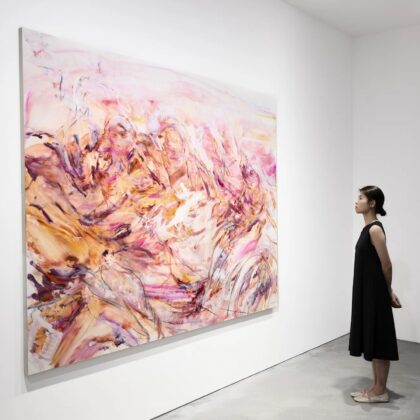
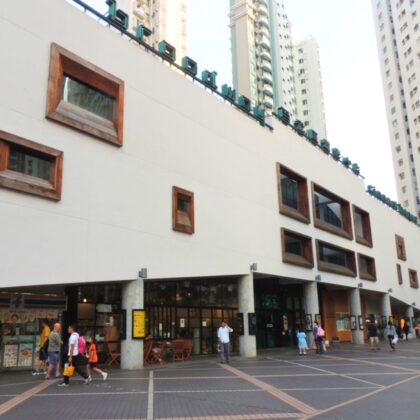
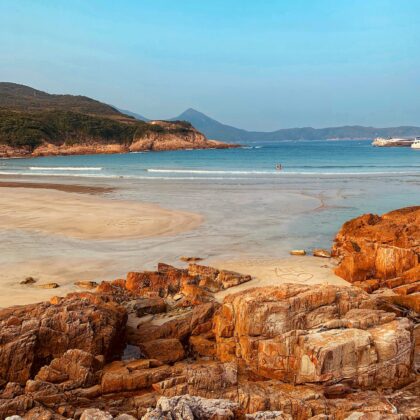
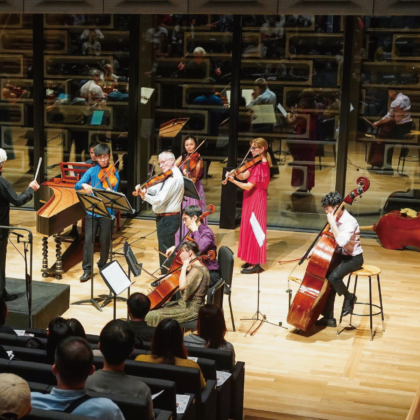
 Eat & Drink
Eat & Drink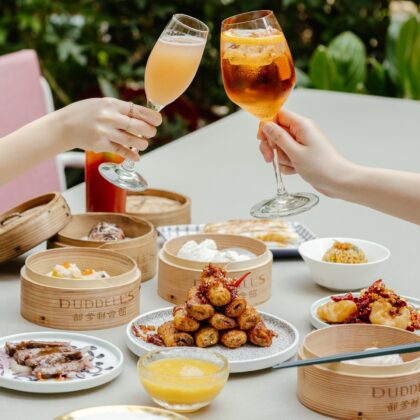
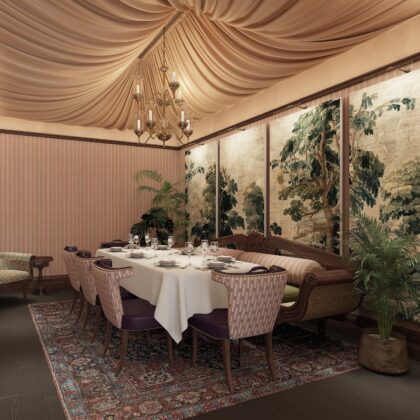
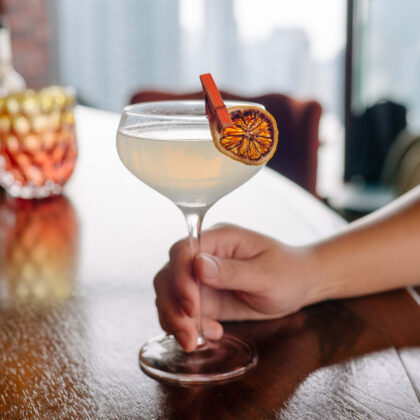
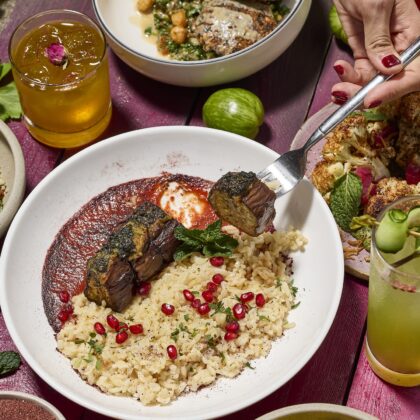
 Travel
Travel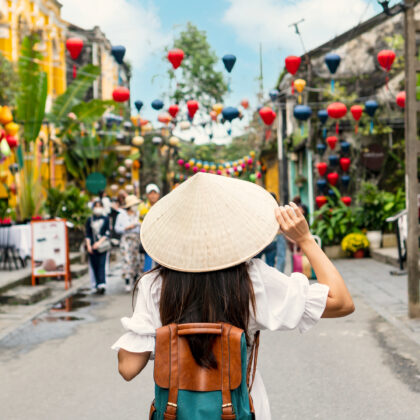
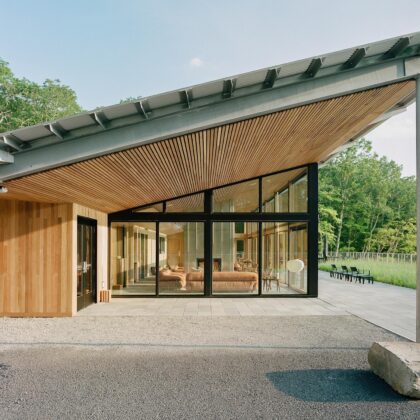
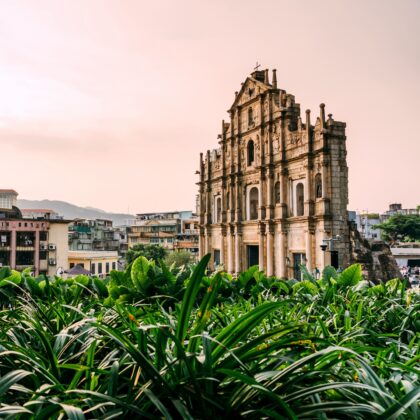
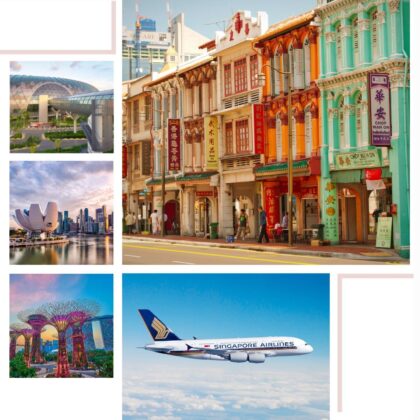
 Style
Style



 Beauty
Beauty



 Health & Wellness
Health & Wellness
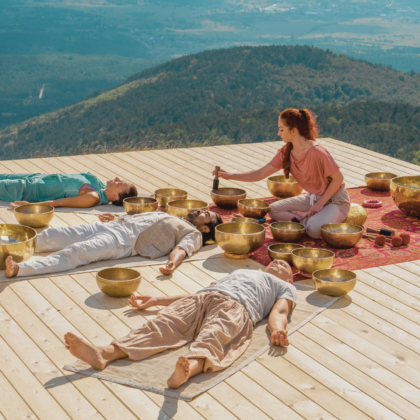
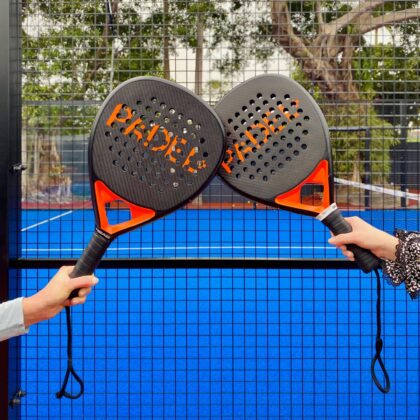
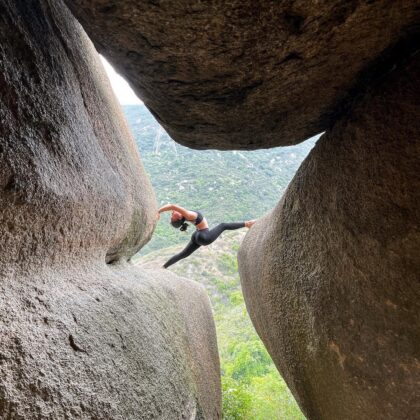
 Home & Decor
Home & Decor

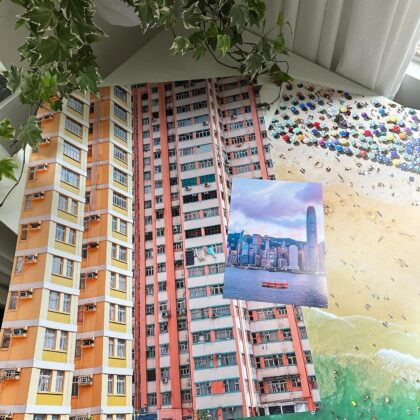

 Lifestyle
Lifestyle
 Weddings
Weddings
